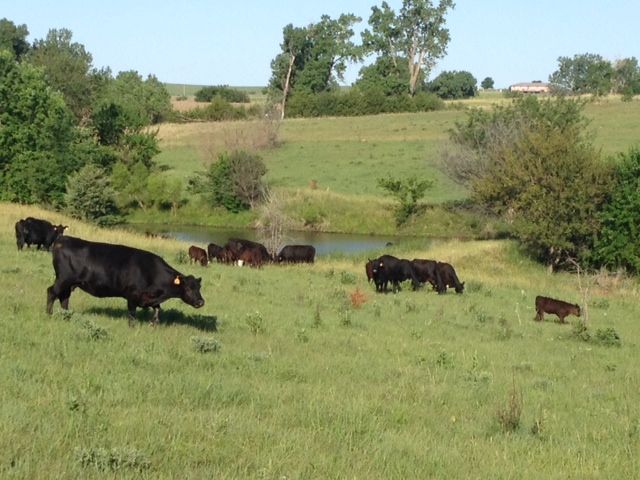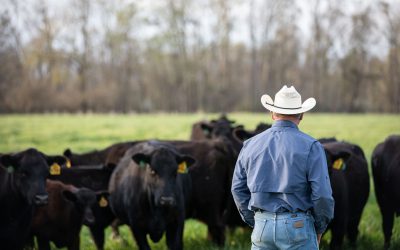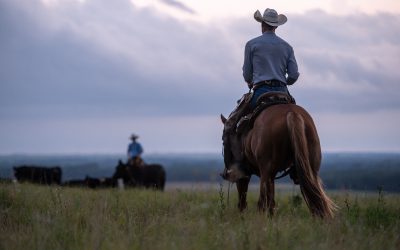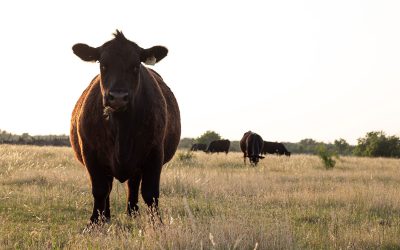
Early not always better
Everything is in a hurry this year—at this rate, Labor Day will arrive on July 4!
Well, rain is in no hurry I guess; that’s been waiting in the troposphere, or maybe the stratosphere above the jet contrails. Warm, strong winds have stirred up dust and irritated calves’ eyes, especially during their short stay in the AI corral a couple of weeks ago. Ponds are drying up; some are below waterer intake line and their boggy shores pose such a danger that we patched up the fences to guarantee exclusion.


Our next rain hopes focus on mid-week or Thursday, if we can get at least two inches before the cool change.
With the mild winter, fruit trees and wheat fields got an early start, though often short of moisture in our area. The stage was set for a killing frost, but that was no problem here. We followed the same soil-test-guided fertility program on cool season grasses, and open weather let it go on by the last day of February—incidentally not worth the extra month’s carrying charges. We got temps in the 90s every month since and maybe 2.5 inches of rain in 8 to 10 events, none more than a half inch, as Nature’s hurry-up program met inch-wide cracks in the hay fields.
Normally (ha, this is Kansas so it is ironic anyone would use that word), we like to imagine grazing 200 acres of cool-season in rotation as its growth overtakes herd consumption; they move into native grass and we have to swath 160 acres or more to get somewhere between 150 and 250 bales. Reality has been 20 to 300 bales, and ranging from early to late June. This year only 70 acres could be saved back from cows wondering why July came early, and we got 67 bales with a week of May left. High quality hay, but hoping not to feed it this summer. The first hurricanes arrived in the Southeast, the earliest in 100 years, and wheat harvest will be record early in this area.
The good news is that there is apparently “no correlation” between all of this odd weather and what we can expect in the next two months. Well, that part sure sounds like Kansas! We still have our hopes intact for a great summer.
Till that rain, any day now, let’s keep targeting the brand and building tomorrow together.
Steve
You may also like
Progress from small steps
Every day is a chance to learn and get better. Thousands of others like my new friends in Alabama are taking steps to meet the shifts in consumer demand, and to know more. Small steps in the right direction can start now. Even if it’s just recording a snapshot of where you are today, a benchmark for tomorrow.
Not perfect, but working to get better
The CAB Cattleman Connection team heard its name called more than once in the virtual ceremonies, and each time came a sense of personal accomplishment, but even better: confirmation that we’re getting better at our craft. I hope that means we’re doing a better job for you.
Beefed up findings
Frank Mitloehner presents his findings on the animal ag sector’s impact on global warming. He explains how cattle counterbalance other fossil fuel sectors, proving that cattle are a solution and not a threat.



